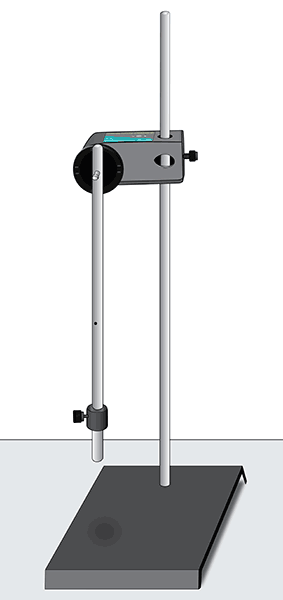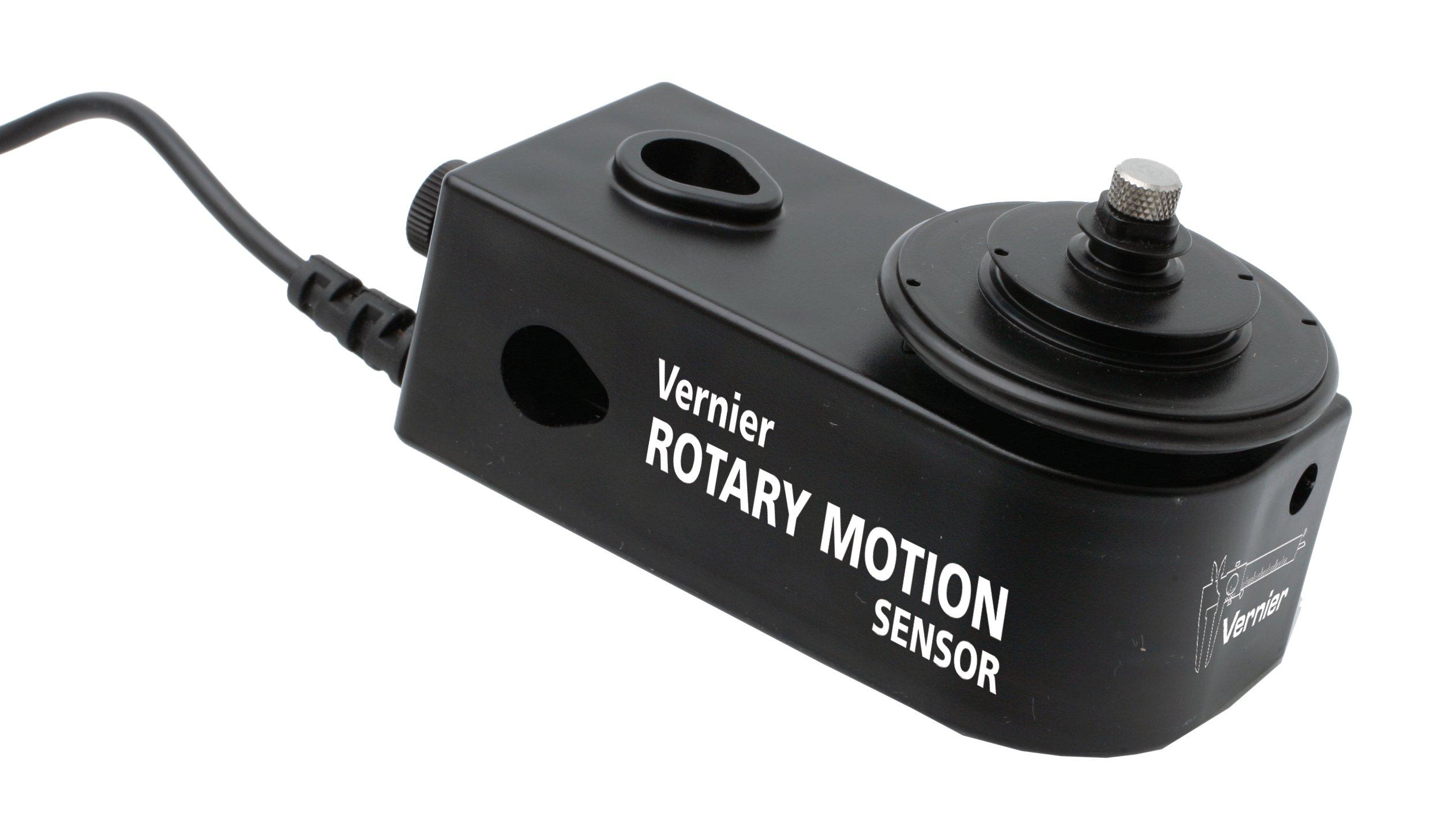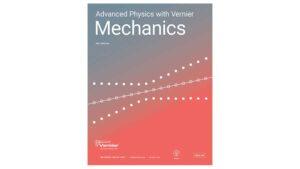
Introduction
The introductory treatment of the motion of a pendulum leaves one with the impression that the period of oscillation is independent of the mass and the amplitude, and depends only on the length of the pendulum. These relationships are generally true so long as two important conditions are met:
- the amplitude is small (<< 1 radian), and
- the mass of the system is concentrated at the end of the string.
In this experiment and the next you will examine the behavior of a pendulum in greater detail to see what occurs when these conditions are no longer true. You will examine the approximations made to simplify the analysis of the pendulum and determine when and why these approximations begin to break down. The first of these is the subject of this experiment; the second will be examined in Experiment 18.
Objectives
In this experiment, you will
- Collect angle vs. time data for a simple pendulum.
- Determine the best-fit equation for the angle vs. time graph.
- From an analysis of the forces acting on the pendulum bob, derive the equation describing the motion of the pendulum.
- Relate the parameters in the best-fit equation for the angle vs. time graph to their physical counterparts in the system.
- Determine the period of oscillation from an analysis of the angle vs. time graph.
- Account for the deviation from constant periods when the amplitude becomes large.
Sensors and Equipment
This experiment features the following sensors and equipment. Additional equipment may be required.
Ready to Experiment?
Ask an Expert
Get answers to your questions about how to teach this experiment with our support team.
- Call toll-free: 888-837-6437
- Chat with Us
- Email support@vernier.com
Purchase the Lab Book
This experiment is #17 of Advanced Physics with Vernier — Mechanics. The experiment in the book includes student instructions as well as instructor information for set up, helpful hints, and sample graphs and data.




